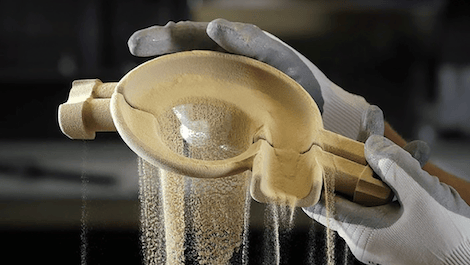
Dutch 3D printing network, 3D Hubs, has released its quarterly 3D Printing Trends 2019 Q4/2019 report. Insights include the fact that US businesses now account for nearly half of all global online 3D printing demand. Also, 3 out of 4 major automotive companies in the US and Germany use 3D printing to mass-manufacture parts for their cars.
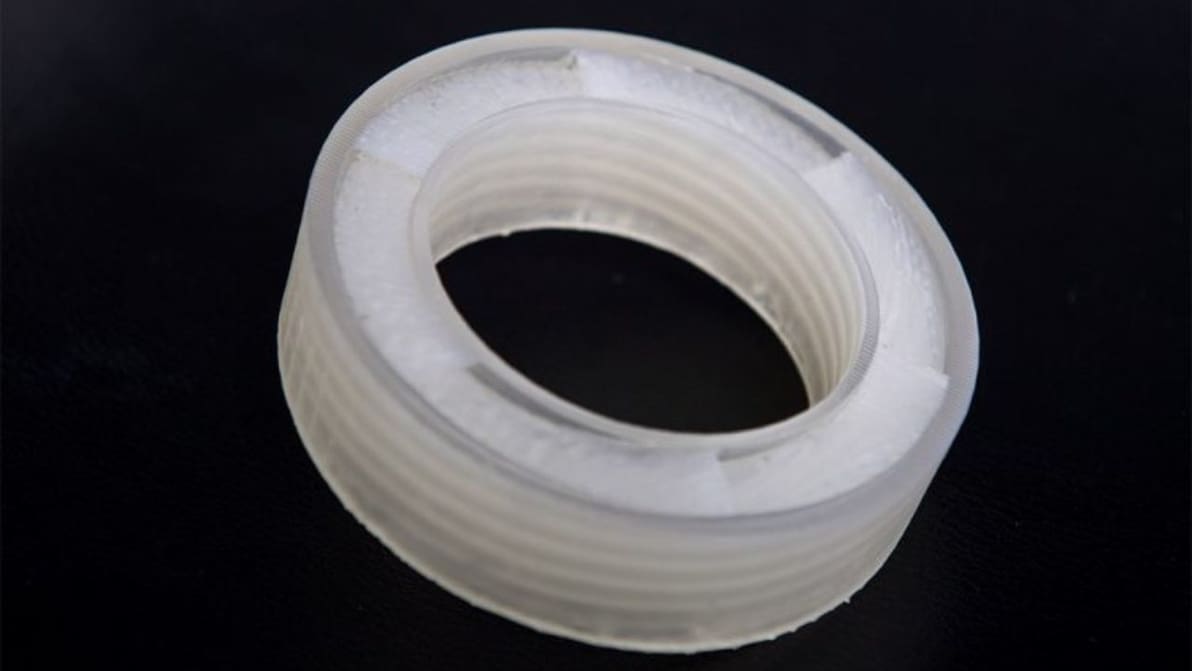
Boston University engineers used mathematics to design and 3D print an "acoustic metamaterial". The noise-canceling plastic structure blocks 94% of sounds without completely obstructing airflow, possibly paving the way to silent quadcopters and drones.
In what is believed to be a world first, researchers from the Istituto Ortopedico in Rizzoli, Bologna, 3D bioprinted a human cell-laden collagen meniscus (aka the cartilage that cushions your thighbone and shinbone).

LAIKA, the stop-motion animation studio, worked with Nike and Stratasys to develop an exclusive pair of shoes called Missing Link x Nike Air Max Susan for the upcoming film Missing Link.

T3DP, an R&D project with roots in blockchain and green tech, uses 3D printing to create solar panels which can have double the conversion efficiency of current ones.
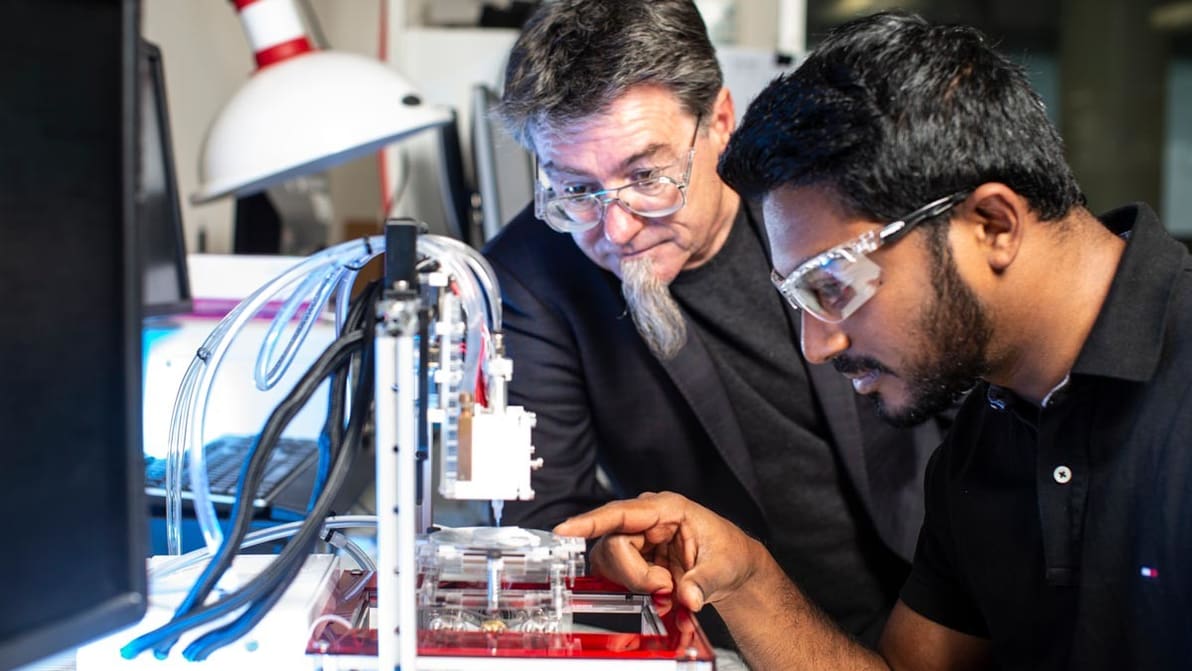
Researchers in Australia are working to find a treatment for the congenital deformity microtia by using a 3D bioprinter and specialized bio-ink.

Italian vehicle manufacturer Fiat has unveiled an electric concept car called the Centoventi. Completely modular, the vehicle can be customized with 3D printable parts that could be fabricated at home.
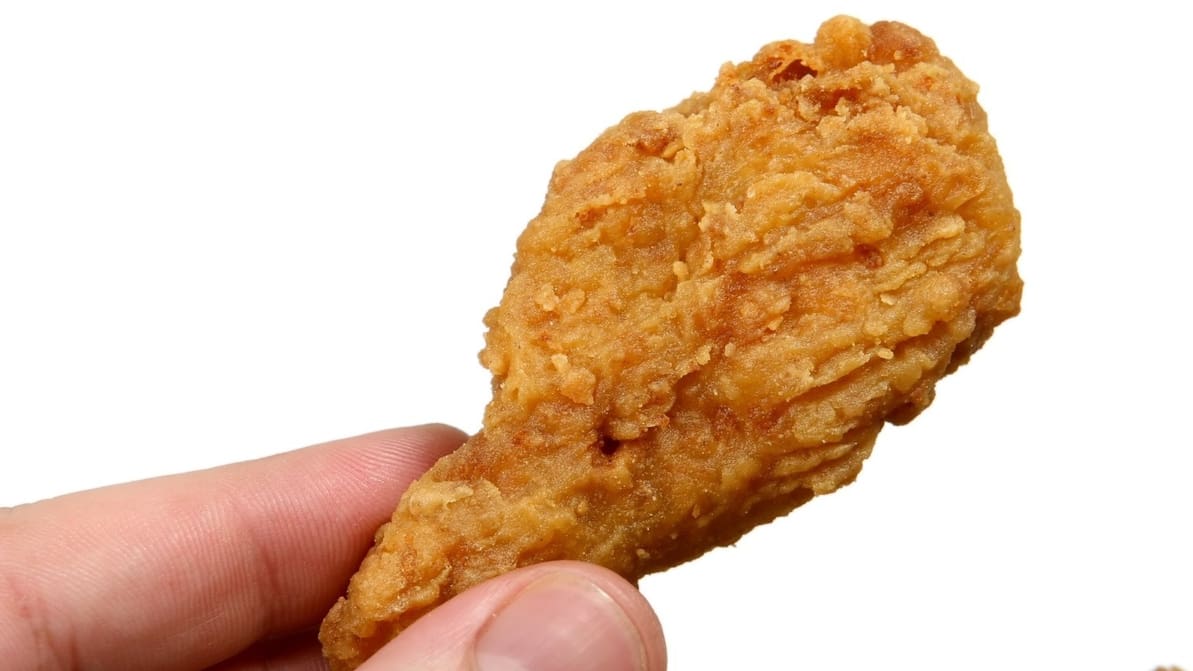
Elderly residents living in Swedish care homes can expect 3D printed delicacies to appear on their menus to help stimulate their appetite for puréed food.

Google has launched the Coral Dev Board, which uses the best of Google’s machine learning tools to make AI more accessible. The new board boasts a removable system-on-module (SOM) featuring the Edge TPU and looks a lot like a Raspberry Pi. They announced it ahead of the TensorFlow Dev Summit.
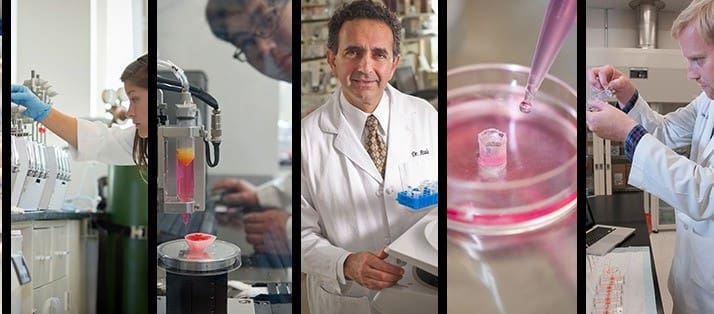
Scientists from Wake Forest School of Medicine, North Carolina, created what's believed to be the first mobile skin bioprinting system which can print directly onto a wound.
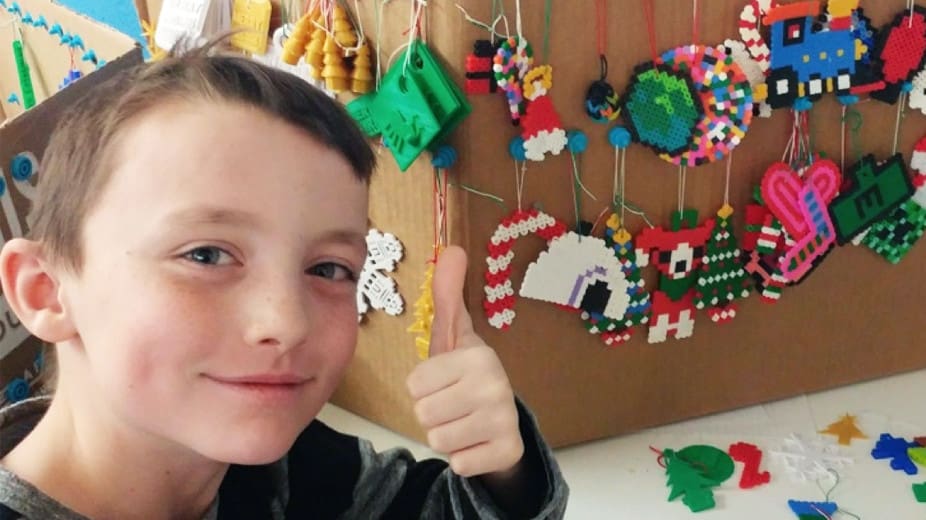
GE Additive is accepting applications from primary and secondary schools for the 2019/2020 cycle of its Additive Education Program (AEP). Interested parties have until April 1st, 2019, to apply.
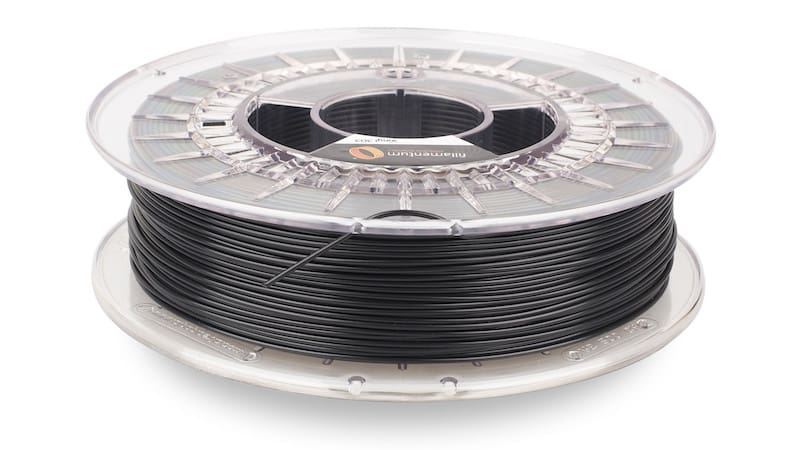
Fillamentum, a Czech manufacturer of 3D printing filaments, has released a printable polyvinylchloride filament called Vinyl 303 in cooperation with NAKAN.

Jimmy Toton, an RMIT University PhD candidate, made a 3D printed grade of steel which is capable of producing tools that cut titanium. He now received the "2019 Young Defence Innovator Award".

UK based bioprinting company Remedy Health is working with FabRx, the pharma-tech experts, to develop personalized 3D printed medicine thanks to grant funding from Innovate UK.
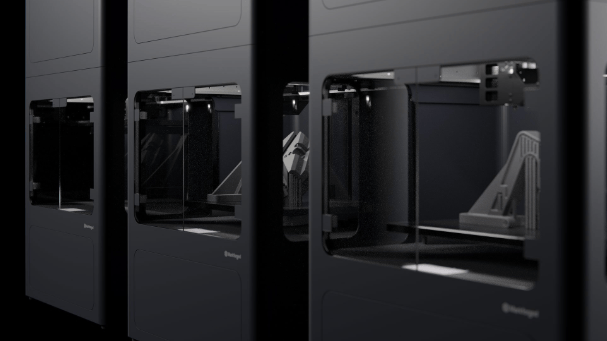
Markforged, the 3D printer company, just launched its "Markforged Additive Manufacturing University". The program aims to help businesses accelerate and facilitate the adoption of 3D printing.
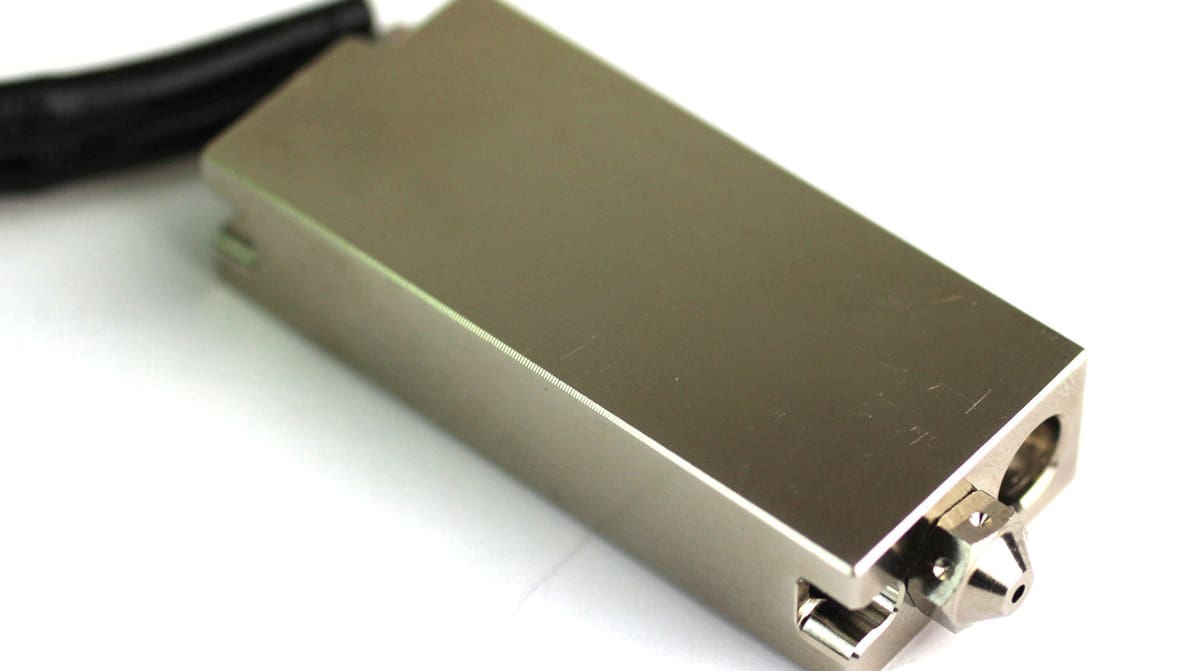
E3D, the 3D printer parts company, has announced the release of its long-awaited SuperVolcano Hot End add-on which boasts up to 11x the volumetric throughput of the company's V6 Hot End.

At the 91st Academy Awards, the award for Costume Design went to Ruth Carter for her work on the film Black Panther. Carter thanked 3D designer Julia Koerner for her work on the mantel and crown printed by Materialise.

"The Great Duck Project" is an attempt by Remarkable STEAM, Inc. to set a record for the world's largest 3D printed duck at the 8th annual Maker Faire Westport, Connecticut.
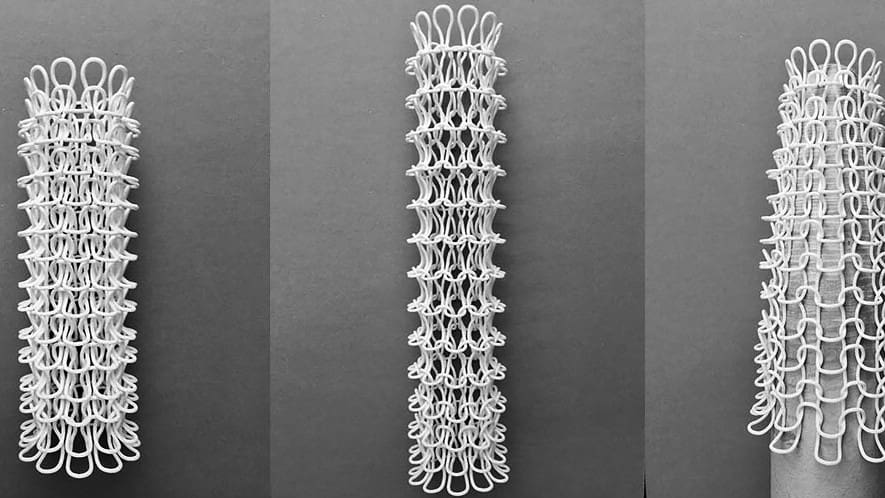
Mark Beecroft, a senior lecturer at the Manchester Metropolitan University School of Art, is exploring the use of 3D printing in industrial knitting in a process he calls 'digital interlooping'.
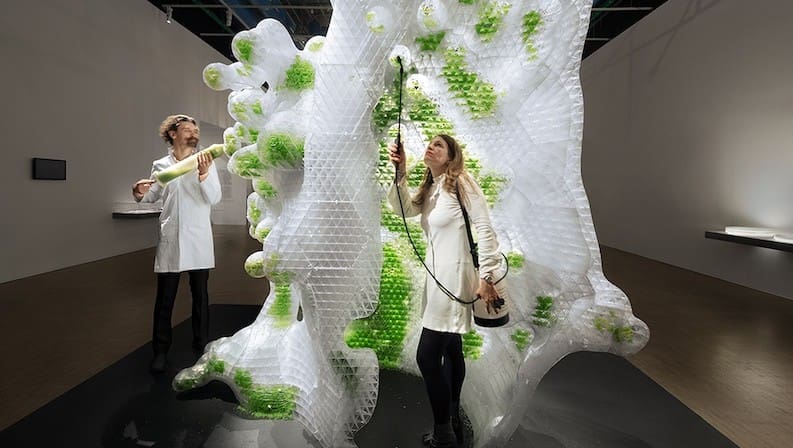
The architectural studio "ecoLogicStudio" and its research partners developed the world's first 3D printed bio-reactor. It is currently on display at the Centre Pompidou in Paris as part of “Le Fabrique du Vivant” exhibition.